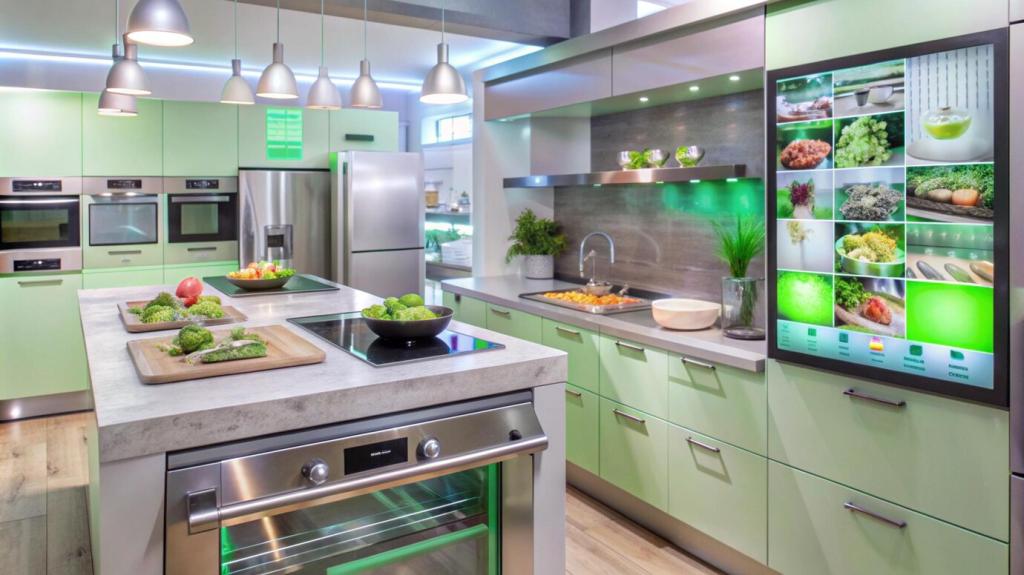
Sustainable Materials for Kitchen Design: Beauty That Respects the Planet
Today’s chosen theme: Sustainable Materials for Kitchen Design. Welcome to a practical, inspiring guide to building a kitchen that looks incredible, performs reliably, and treads lightly on the Earth. Explore real options, honest trade‑offs, and small choices that add up. Share your questions and subscribe for more planet‑positive ideas.
What Sustainability Really Means in the Kitchen
From Forest to Fork: Defining Sustainable Materials
Sustainable materials minimize harm across their entire journey—responsible sourcing, efficient manufacturing, safe use, and circular end‑of‑life. In kitchens, that means durable surfaces, clean indoor air, low embodied carbon, and finishes that protect you without polluting. Beauty matters too, because beloved materials get repaired, not replaced.
Lifecycle Thinking You Can Actually Use
Think beyond purchase day. Ask how a material is harvested, transported, sealed, cleaned, and eventually reused or recycled. Choose products that allow refinishing, resurfacing, or component replacement. When you design for maintenance and repair, you reduce waste while saving money. Share your strategies and help others plan smarter.
Certifications and Clues Worth Trusting
Look for FSC or PEFC wood, CARB Phase 2 or TSCA Title VI compliance for panels, GREENGUARD Gold for low emissions, and EPDs or HPDs for transparency. Declare labels and third‑party testing add credibility. Read the fine print on adhesives and finishes, since hidden chemicals often drive air quality issues.
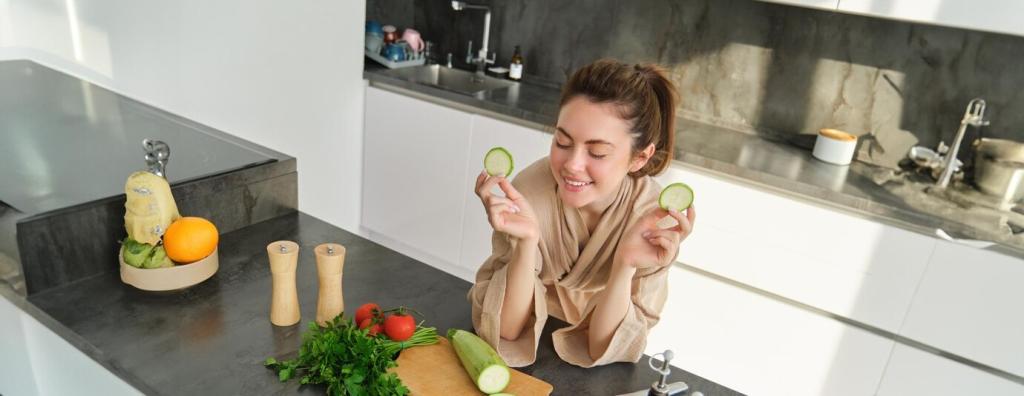
Countertops That Honor the Planet
Paper composite tops, like Richlite or PaperStone, compress recycled paper with resin to create smooth, dense slabs. They resist stains when sealed correctly, develop a warm patina, and can be refinished. Choose verified low‑emission resins and maintain with plant‑based oils for long‑term performance and comfort under daily use.
Cabinetry That Puts Forests First
FSC‑Certified Plywood and Solid Species
Choose FSC‑certified plywood and lumber to support well‑managed forests. Balance durability with weight and cost by selecting multi‑ply birch or poplar cores. Ask for NAF or ULEF adhesives to reduce formaldehyde. Solid wood fronts can be repaired and refinished, extending life and keeping your kitchen gorgeous for decades.
Bamboo Done Right
Bamboo grows fast and adapts beautifully to modern kitchens, especially in strand‑woven or vertical‑grain panels. Prioritize urea‑formaldehyde‑free adhesives and third‑party emissions testing. Edge properly to prevent moisture intrusion around sinks and dishwashers. Tell us whether you prefer subtle grain or bold striping—and why it works in your space.
Agrifiber Panels with Surprising Strength
Panels made from agricultural byproducts—like wheat straw or bagasse—turn waste into structure. When paired with NAF resins, they dramatically reduce formaldehyde exposure. Veneer or laminate them with durable, timeless finishes. They machine cleanly, hold hardware reliably, and demonstrate how circular thinking can become everyday cabinetry reality.
Harvested from bark without felling trees, cork offers quiet comfort and natural resilience. It insulates thermally and acoustically, perfect for lively kitchens. Select low‑VOC finishes and watch for quality click systems that tolerate seasonal movement. Share your experience with pets, chairs, and spills to guide future renovators.
Flooring With a Gentle Footprint
Finishes, Glues, and Air You Actually Want to Breathe
Waterborne polyurethanes and hardwax oils reduce odors and speed re‑occupancy while protecting surfaces. Verify VOC grams per liter, not just marketing claims. Sample on offcuts to test sheen and color. Share your curing timelines and ventilation tricks so others can schedule projects without camping in the living room.
Finishes, Glues, and Air You Actually Want to Breathe
Choose NAF or soy‑based glues for panels and low‑emission contact cements for laminates. For edgebanding, consider ABS or PP over PVC, and commit to clean application to avoid future peeling. Ask suppliers for emissions documentation and keep a project folder with SDS sheets, ensuring future repairs stay equally healthy.
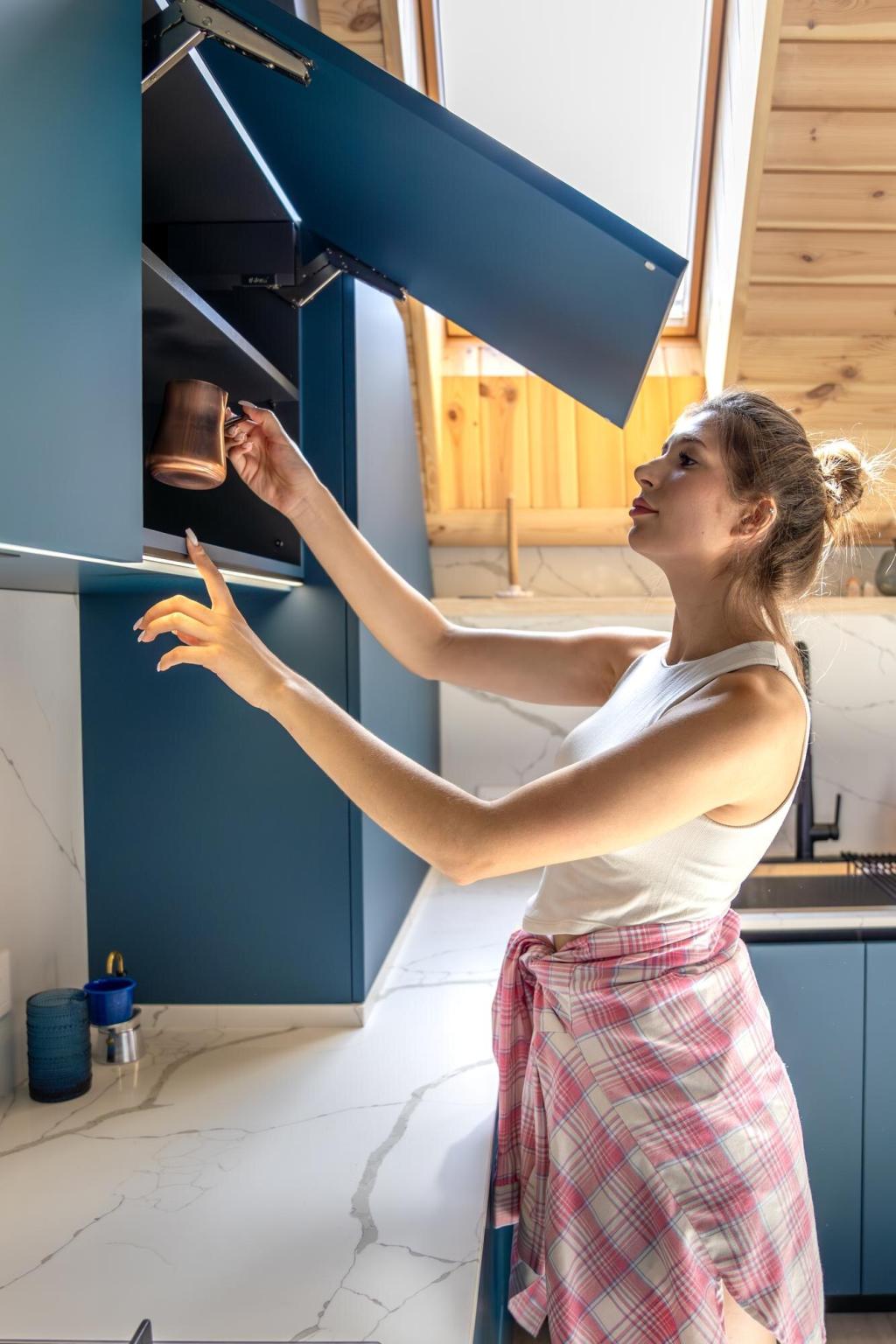
Fixtures, Appliances, and Smarter Use
Stainless steel contains significant recycled content and is widely recyclable at end‑of‑life. Porcelain‑enameled steel panels stay beautiful and tough for decades. Avoid flimsy coatings that chip early. Thinking ahead to disassembly—screws over permanent adhesives—helps the next owner reclaim parts instead of sending everything to landfill.
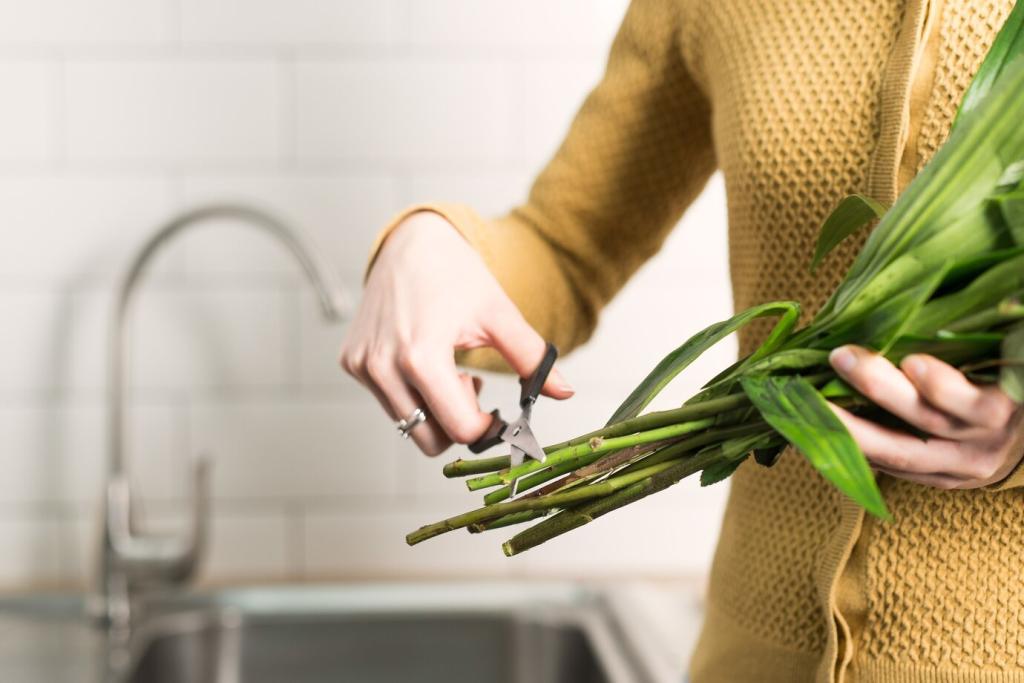
Design for Longevity, Repair, and Joy
Choose 32‑millimeter system cabinetry and standard hinges so doors, drawers, and organizers swap easily. Removable end panels, toe‑kicks, and hardware let you refresh style without trashing boxes. Label parts and keep spare hinges in a drawer. What component would you make replaceable first? Tell us and inspire a neighbor.
Design for Longevity, Repair, and Joy
Neutral, layered palettes and durable textures outlast micro‑trends. Let color live in stools, art, and linens you can update cheaply. When design ages gracefully, you repair instead of rip out. Share photos of your ten‑year‑old choices still shining, and subscribe to our newsletter for quarterly refresh ideas.
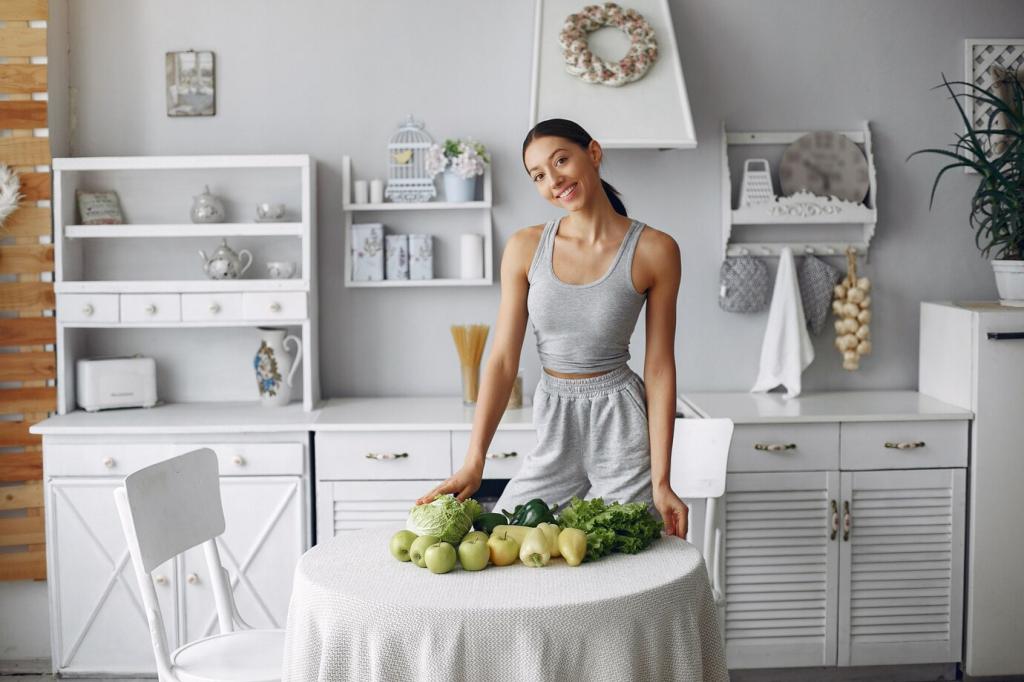
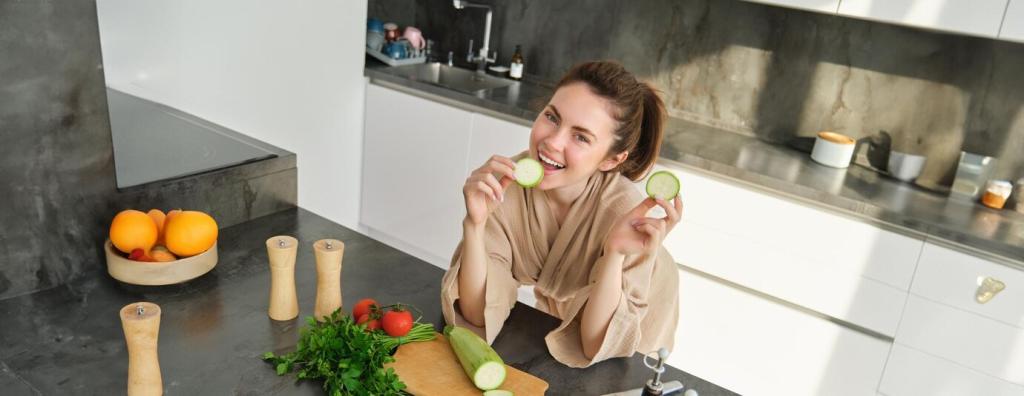
Salvage Stories and Reuse Wins
A neighbor found maple gym flooring at a salvage yard and turned it into jaw‑dropping countertops with visible court lines. Those stripes now spark conversations at every dinner. Salvage adds history, cuts emissions, and saves money. Share your best finds and where you hunt for reclaimed treasures locally.
Partner with Local Makers
Local cabinet shops can source FSC panels, adjust dimensions precisely, and repair parts quickly if anything warps. Shorter shipping lines reduce damage and emissions. Ask makers about waste reuse—offcuts become test pieces or shelves. Recommend your favorite shop and help others build relationships that elevate sustainability and craft.
Plan the Afterlife of Materials
Design joints for disassembly, label species and finishes, and keep documentation accessible. Screws, knock‑down hardware, and reversible glues simplify future reuse. When parts finally retire, clearly separated wood, metal, and glass are easier to recycle. What would you like to reclaim from your kitchen in twenty years?
Join our mailing list
